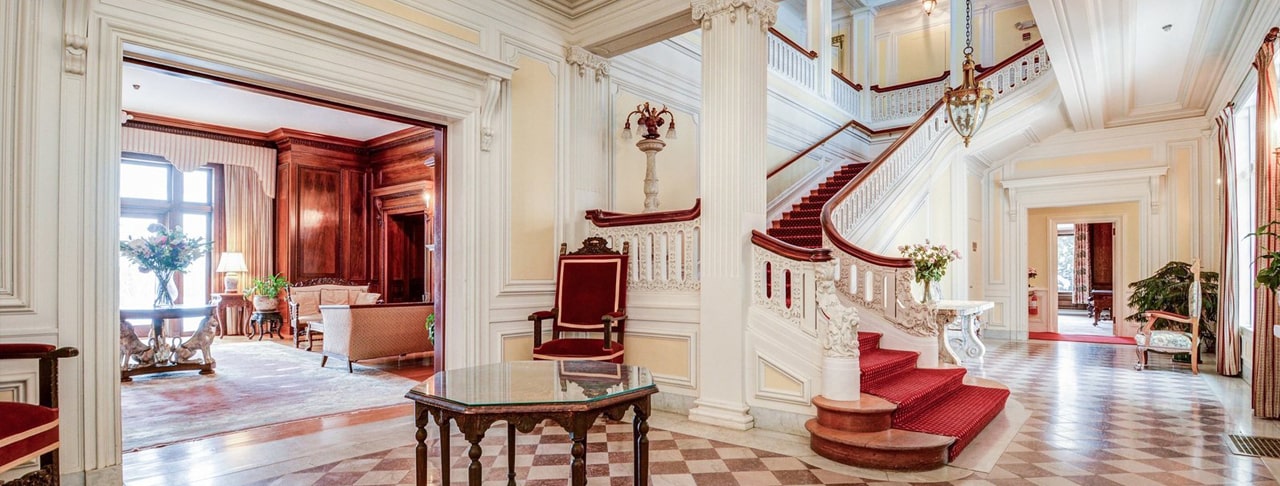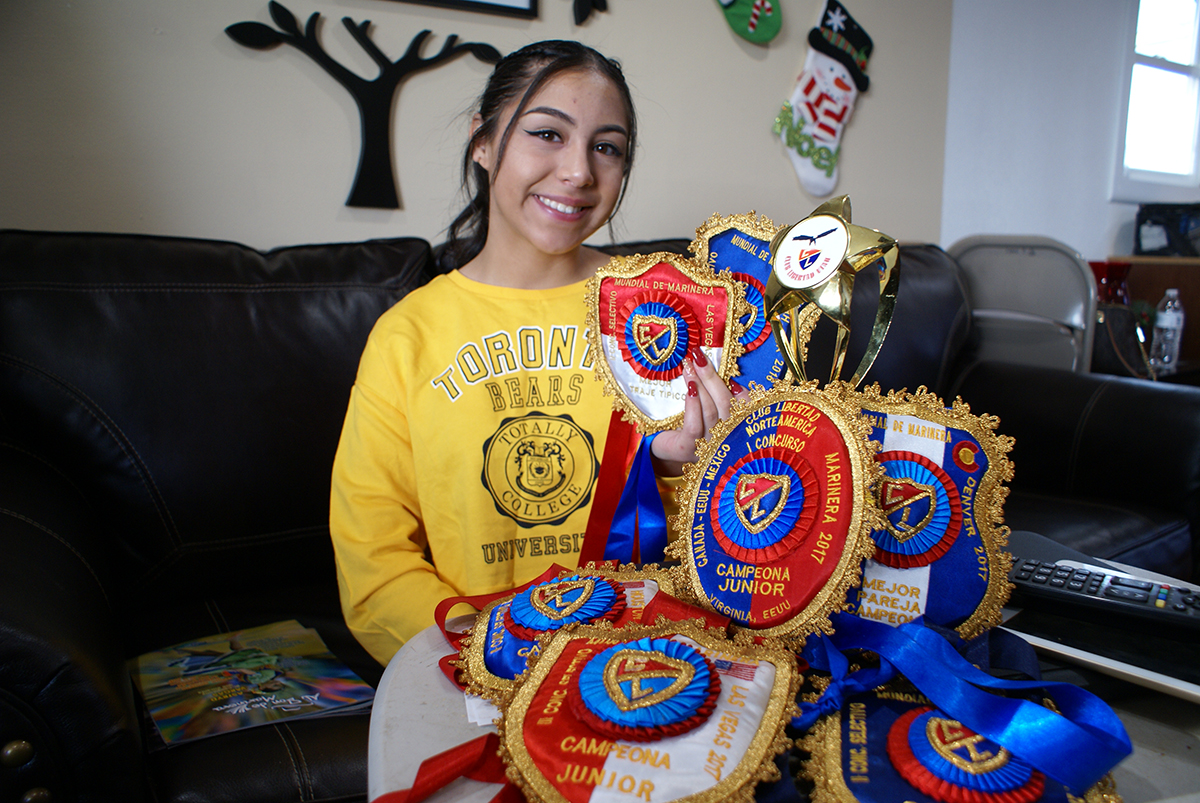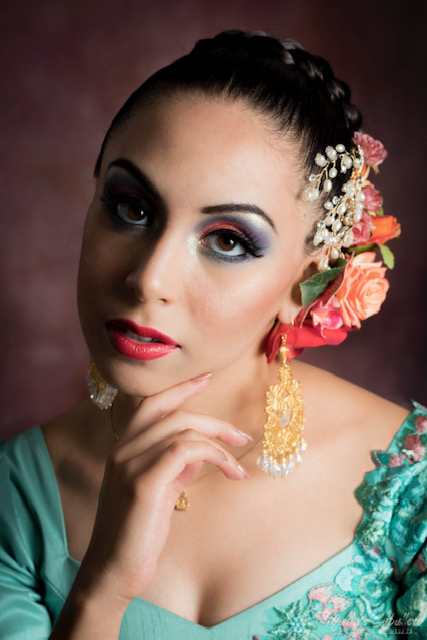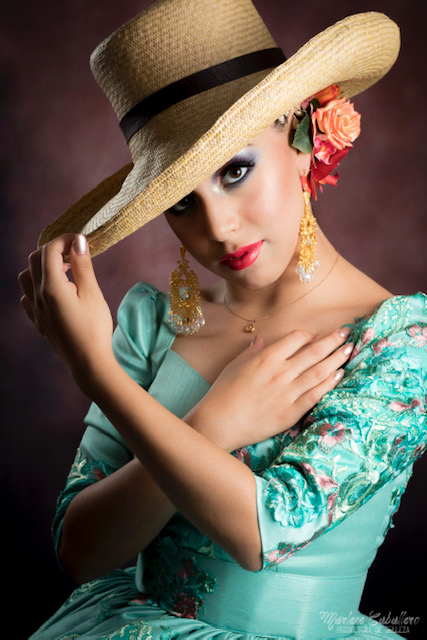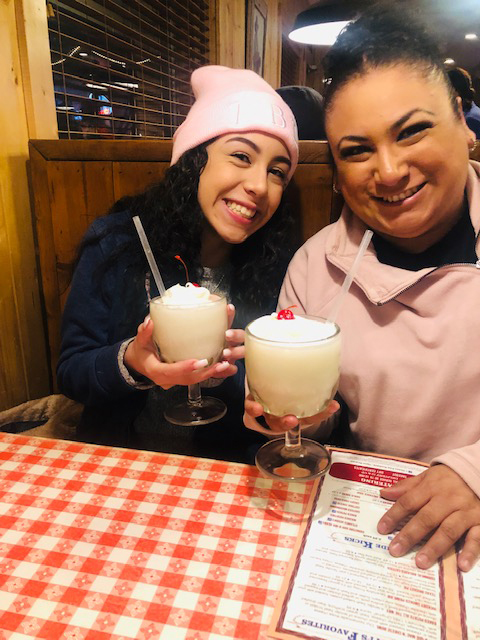CAMILA LÓPEZ
Newsroom Tu CASA Magazine
Haga click aquí para leer la versión en español
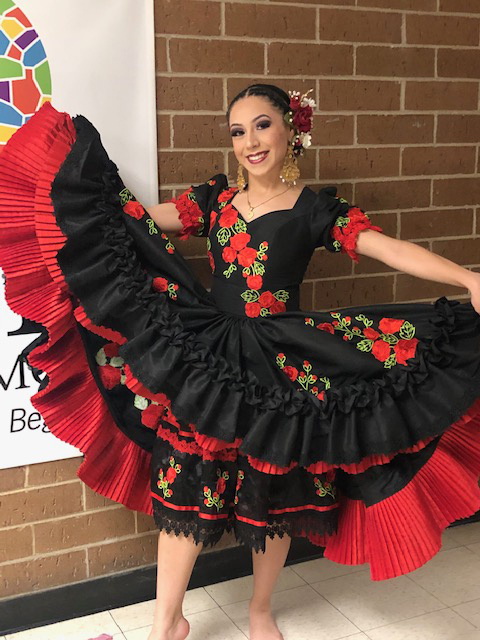
Camila López has risen to be among the twenty best Peruvian Marinera dancers in the junior category at the 10th Marinera 2020 World Cup in Trujillo, Peru. This Denver native has set out to reach the highest level in Peru’s national dance. Since November 2019, she has been living in Lima, balancing dance courses and high school career within Jeffco Village Academy in Jefferson County’s online system in Colorado. Her dream is to be a doctor and teach children to dance La Marinera.
Camila Lopez Alvarado has an ambitious goal. This 16-year-old, born in Denver, wants to reach the highest place at the World Marinera Festival. This event gathers in Trujillo, northern coastal state of Peru, dancers that come from all over the world. All these artists, organized in 9 categories, cultivate the art of La Marinera, a traditional dance from that region of Peru. Camila wants to be one of the three winners on the junior category. And she has worked hard to achieve that goal.
In the recent 10th Marinera 2020 World Championship, organized by Club Libertad, Camila managed to be among the twenty best dancers in the junior category. Since November 2019, she has been living in Lima, taking dance courses and finishing her high school career online within Jeffco Village Academy in Jefferson County, Colorado’s system. Camila will be returning to Denver by mid-April 2020.
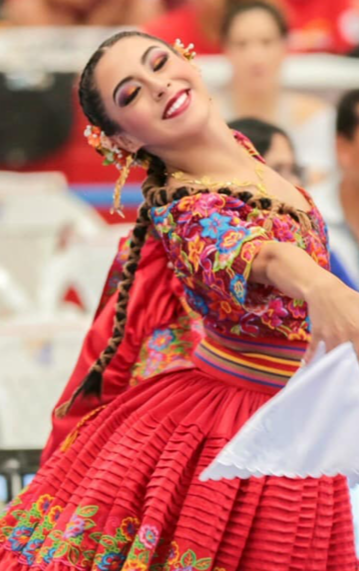
Her education
Her impeccable performance is the result of many years of practice. She began practicing this discipline when she was 8 years old. At that time, it was her hobby. Later, when she was 11 and was showing her grace and talent for La Marinera, she began training with Estefani and Miguel Torres, at the Brisas de Mi Peru Academy, also in Denver. With the Torres, she has achieved competition level. And she continues to learn. Camila will be returning to Denver by mid-April 2020.
Camila Speaks
This young artist was born and raised in Denver. She started dancing at a very young age. While very young, she learned Mexico’s folk dance, the country of origin of her father José Armando Lopez. Later, Camila ventured into the art of La Marinera, considered the national dance of Peru. She fell in love with the dance of her mother’s country of origin.
How do you define La Marina?
Camila Lopez: It’s a dance that conveys emotions. The dancer, who is the leader, falls in love with the couple. It’s a dance of love.
What Motivates you to dance?
CL: Music and watching others dance, especially the champs of La Marinera.
How do you prepare for competitions?
CL: Gymnastics prepares me physically. Makeup, choosing the correct clothing, and combing my hair a certain way takes care of the artistic aspect of the discipline. I also need to study various songs and rhythms and be prepared to dance any of the 75 songs that are in the repertoire of the world contest of the northern seafaring in Trujillo, Peru.
What do you plan to do in the future?
CL: I want to study medicine, or some area related to health care. I also hope to one day open an academy to teach this dance to children.
Camila spending time with her parents Jose Armando and Natalia and her brother Junior Lopez.
The popular Marinera dancer
The Marinera is Peru’s national dance, with roots in the Spanish fandango, African zamacueca, and indigenous couple dances. The dance portrays a couple’s flirtatious pursuit. The woman, in her embroidered pollera (skirt) and handkerchief, teases the man with her graceful movements.
Each region has its own marinera style. The Norteña dance from Trujillo is playfully flirtatious and accompanied by a brass band. The Mochera style, also on the north coast, reflects its rural origins in the dress style. The Limeña is considered the oldest. The elegantly dressed couples dance to the rhythms of the guitar and cajón drum.
Craft industry
The Marinera is not only a dance but a craft industry for embroiderers, weavers, hat makers, and filigree jewelry artists, among others. the Marinera crosses boundaries, traveling wherever Peruvians reside. Many dance schools have been founded throughout the United States, where parents send their children to maintain cultural ties to their homeland.
